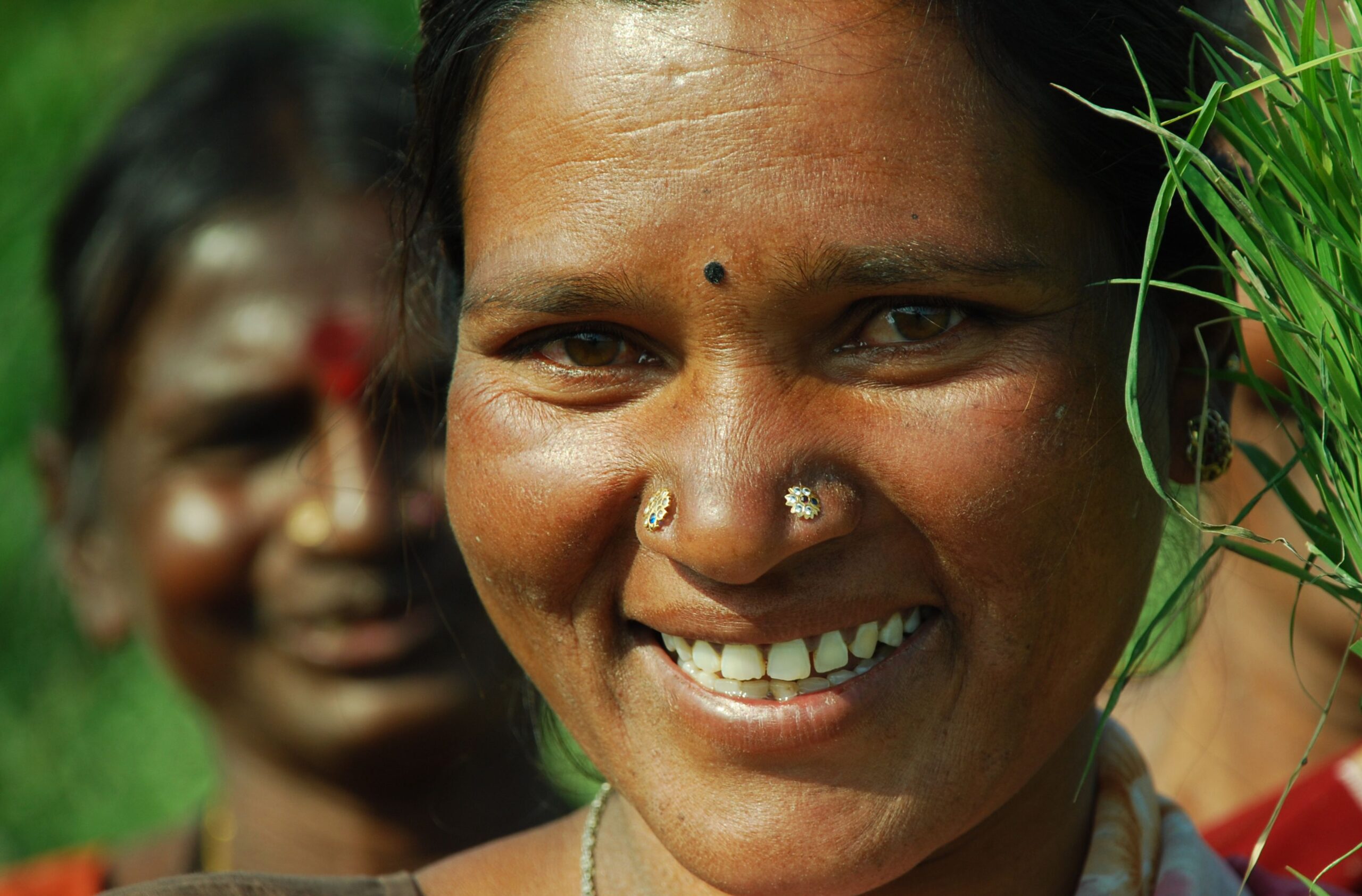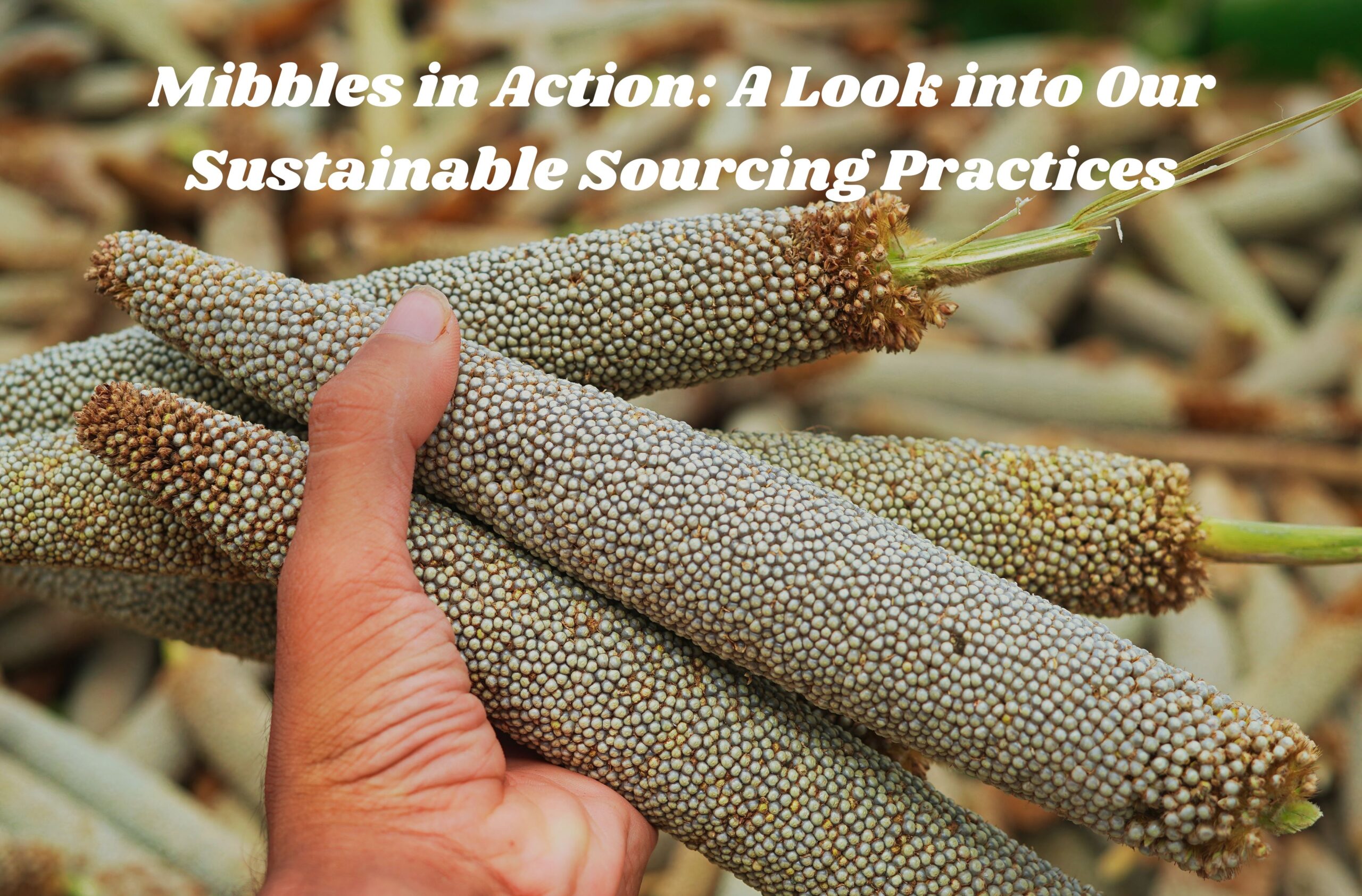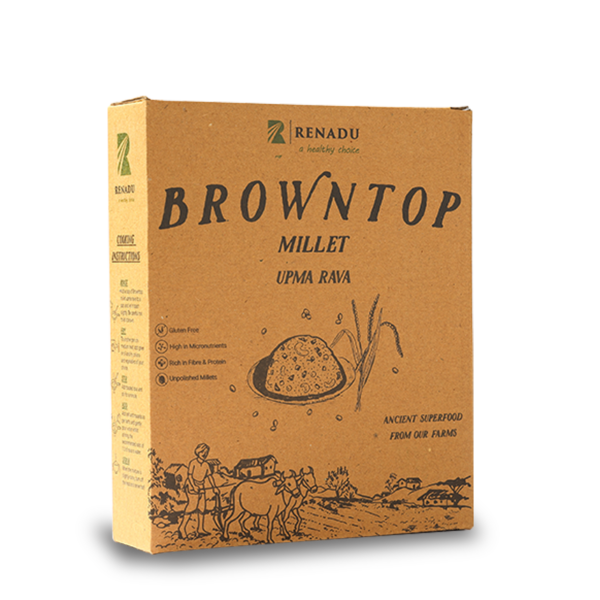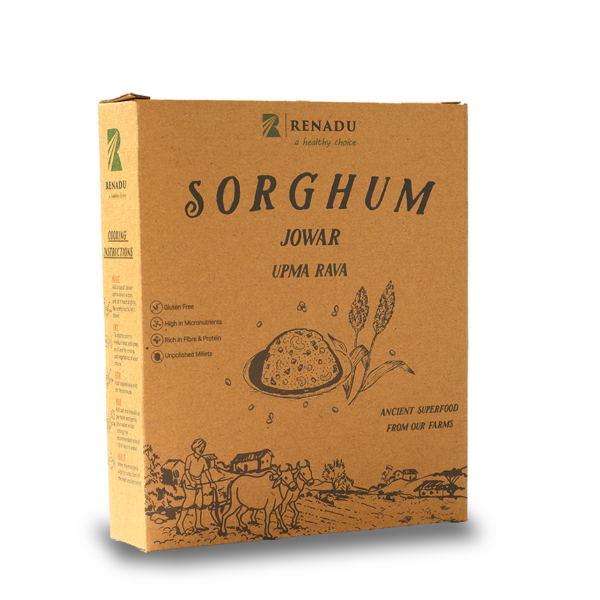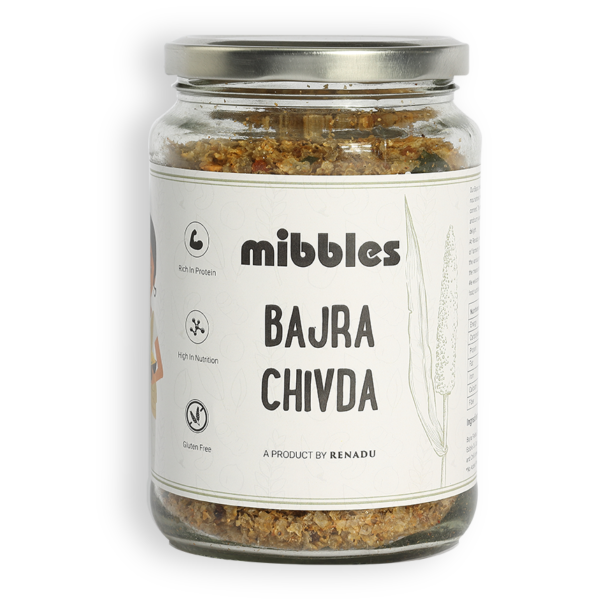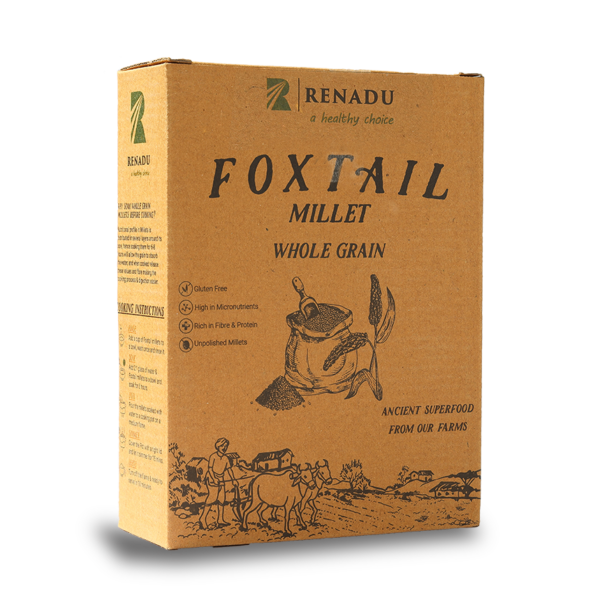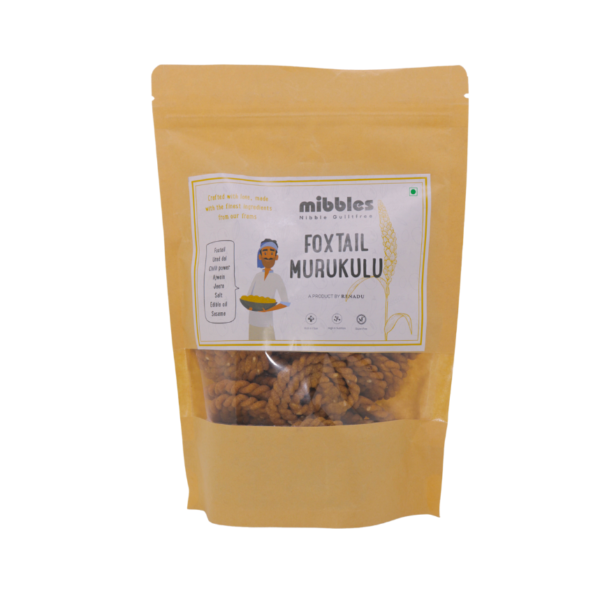
Millet farming has gained traction in recent years due to its numerous health benefits and the fact that it is a sustainable crop to grow. Millets are a group of small-seeded grasses that have been cultivated for thousands of years in various parts of the world, including Africa, Asia, and South America. They are a rich source of protein, fiber, vitamins, and minerals, and are gluten-free. Millets are also a low-input crop, meaning that they require minimal water, fertilizer, and pesticides to grow, making them a sustainable crop choice for farmers.
So, what makes millet farming sustainable? Let’s explore some of the key factors:
Water Conservation
One of the biggest advantages of millet farming is that it requires significantly less water than other cereal crops such as wheat and rice. Millets are naturally drought-resistant and can survive in low rainfall regions, making them a perfect crop choice for areas facing water scarcity. For instance, in India, where water scarcity is a major issue, farmers have begun to shift towards millet farming to conserve water.
Moreover, millets have a shallow root system, which helps them absorb moisture from the topsoil. This ability to retain moisture in the soil makes them ideal for soil conservation and prevents soil erosion. As a result, millet farming helps conserve water and prevents soil degradation.
Nutrient Cycling
Millet farming is a low-input crop, which means that it requires minimal fertilizers and pesticides. Instead, millets can be grown using natural farming methods that promote nutrient cycling. Millets are fast-growing crops that have a short life cycle, which means that they require less time and resources to grow. Moreover, millets are often grown as mixed crops, which means that they are grown alongside other crops, such as legumes, that help fix nitrogen in the soil.
In addition, millet straw and other crop residues can be used as animal feed, fodder, or as organic matter for the soil. This practice of recycling crop residues helps replenish soil nutrients, reduces the need for chemical fertilizers, and promotes a sustainable agricultural system.
Climate Resilience
Millet farming is well-suited to the changing climate and weather patterns. Millets have a short growing season and can be grown in diverse weather conditions, from hot and dry to cold and wet. They are also resistant to pests and diseases, which means that they require fewer pesticides and fungicides. Additionally, millets are resilient to extreme weather events, such as droughts and floods, and can be harvested earlier in the season, reducing the risk of crop losses.
Millets also have a low carbon footprint, as they require minimal inputs such as fertilizers and irrigation, and can be grown without tilling the soil. This practice of minimal tillage helps reduce soil erosion, conserve water, and sequester carbon in the soil.
Economic Benefits
Millets are an affordable and nutritious food source that can provide economic benefits to farmers. Millet farming requires minimal investment in terms of seeds, fertilizers, and pesticides, which means that farmers can generate a high yield with low costs. Moreover, millets are easy to store and transport, making them ideal for small-scale farmers who want to sell their produce in local markets.
In addition, millets have a high demand in the global market due to their numerous health benefits. For instance, millet flour is often used in gluten-free foods, such as bread and crackers. The growing demand for millet-based products has opened up new market opportunities for farmers, helping to increase their income and improve their livelihoods.
Conclusion
In conclusion, millet farming is a sustainable agricultural practice that offers numerous benefits to farmers and the environment. Millets are low-input


